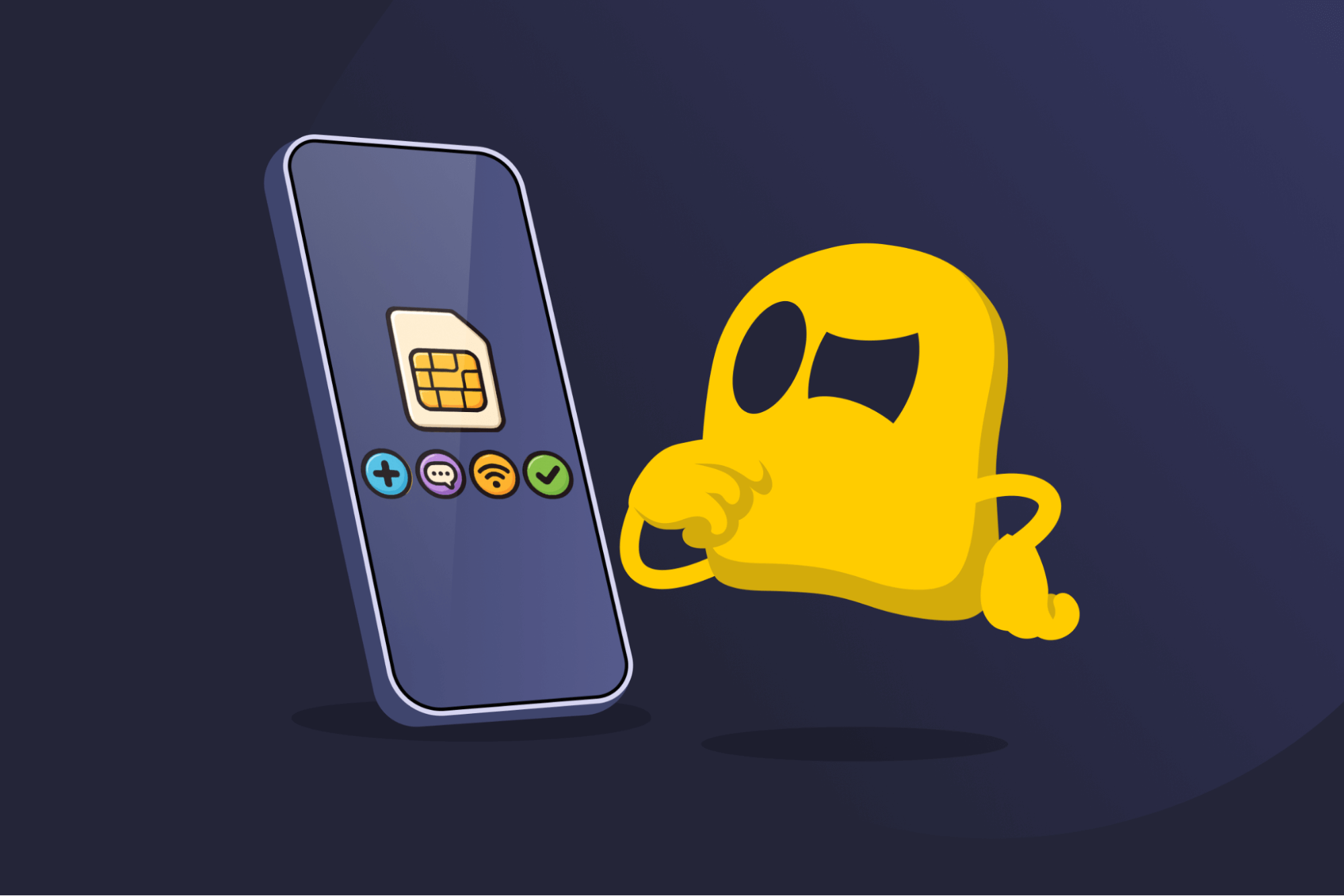SIM Toolkit

SIM Toolkit Definition
The SIM toolkit (also known as SIM Application Toolkit or STK) is a set of SIM-based applets and commands that enable mobile carriers to provide additional services. These often include services beyond core calling and messaging, such as balance checks, bundle purchases, or roaming options. STK runs at the SIM level and can trigger actions like sending SMS or USSD requests, regardless of the phone’s operating system.
How the SIM Toolkit Works
STK applets live on the SIM/eSIM. When the phone detects these applets, it displays a SIM Toolkit or SIM Services menu. Choosing an item (like “Check Balance”) prompts the device to send a USSD or SMS command to the carrier, which returns a response or activates a service. Because this runs at the SIM level, it works on basic phones and smartphones, even with mobile data turned off.
Behind the scenes, the SIM toolkit uses a standard set of “proactive” commands to talk to the phone. This includes displaying a menu or message, getting user input, sending a message, or placing a call to customer care. Carriers can update or reorganize these menus over the air, which means the available options can change without a phone update.
SIM Toolkit Examples and Common Uses
Carriers group routine tasks in the STK menus, allowing users to act quickly without installing or opening full apps. They can be used to:
- Manage accounts: Check balances and view remaining data, minutes, or texts.
- Purchase bundles: Buy data, voice, or SMS packs, and activate time-limited offers.
- Add credit: Top up prepaid service with a voucher code or linked payment method.
- Control roaming: Enable or disable roaming and view roaming packages.
- Subscribe to services: Add caller tunes, alerts, and other value-added services.
- Make payments: Pay bills or send simple transfers.
- Get support: Contact customer care or request device settings.
- View promotions: Access loyalty rewards, local deals, and targeted discounts.
Pros of Using the SIM Toolkit
- Cross-device compatibility: Works on basic phones, smartphones, physical SIMs, and eSIMs.
- Data independence: Uses USSD/SMS, so many actions work without mobile data.
- Easy accessibility: Provides quick access to balance checks, top-ups, bundle purchases, and roaming toggles.
- Platform consistency: Lives on the SIM card itself, so core options remain similar across different devices and OS versions.
Cons of Using the SIM Toolkit
- Feature limitations: STK menus are simpler than full carrier apps and may lack advanced functionality.
- Security considerations: Misconfigured SIM applets have been abused in the past.
- Limited control: Applets reside on the SIM and typically can’t be uninstalled or customized by the user.
Read More
FAQ
On Android, look for SIM Toolkit, SIM Services, or a carrier-branded entry in the app drawer or in Settings > Apps. On iOS, some carriers expose SIM Applications under Cellular/Mobile settings. Remember that the STK menu appears only after you insert a SIM card and that not every carrier provides a visible menu.
The SIM toolkit lets mobile carriers deliver services directly through the SIM card. It enables tasks like checking balances, purchasing bundles, managing roaming, subscribing to services, and even making basic payments without mobile data on.
Dual-SIM phones can load one STK menu per active SIM profile. This applies whether you use physical SIMs and/or eSIMs. In that case, you will see two toolkits, one for each carrier. This is normal and expected behavior.
You generally can’t uninstall STK, because applets reside on the SIM itself. In some cases, it might be possible to hide the icon or turn off notifications. However, removing STK features fully requires a different SIM profile from your carrier. Hiding the STK menu removes quick access to balance checks and bundle purchases, but core calling and data will still work.

 45-Day Money-Back Guarantee
45-Day Money-Back Guarantee